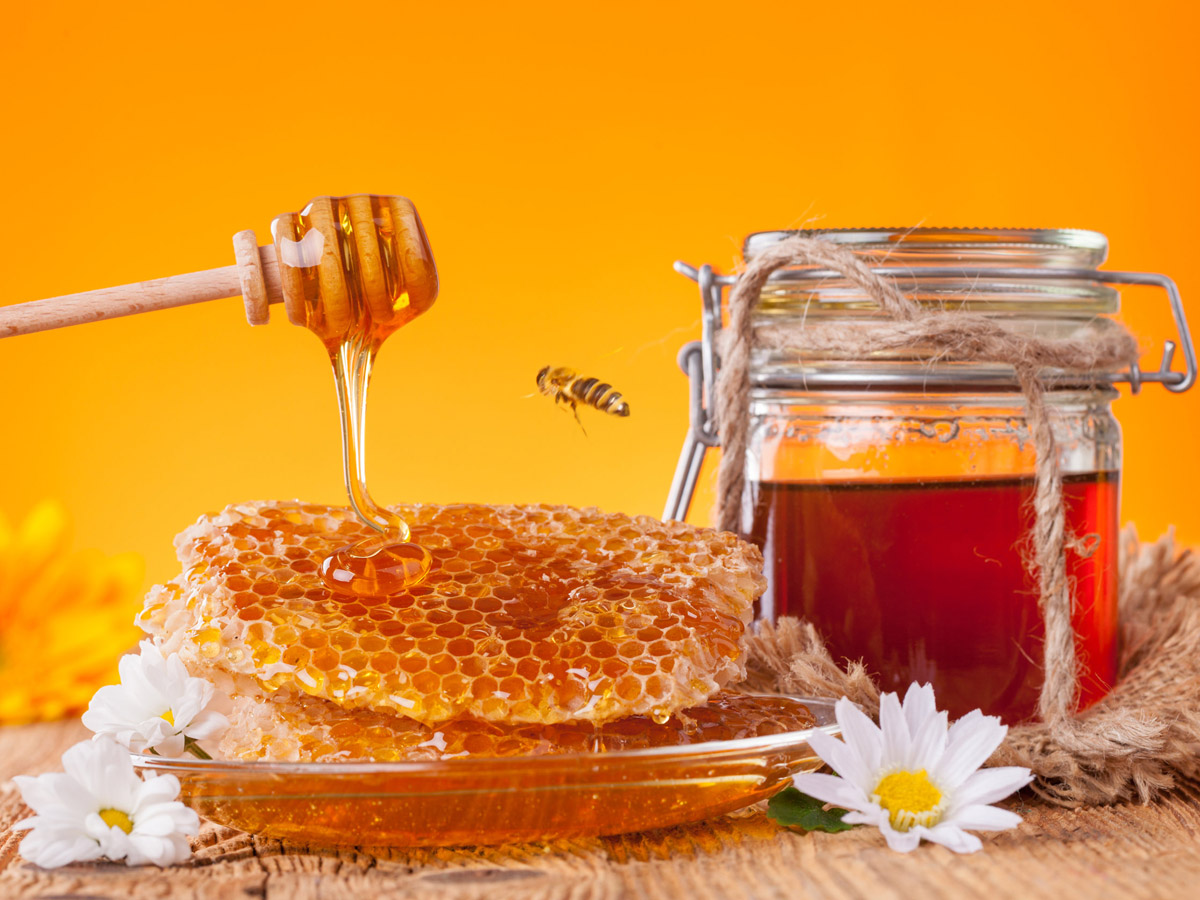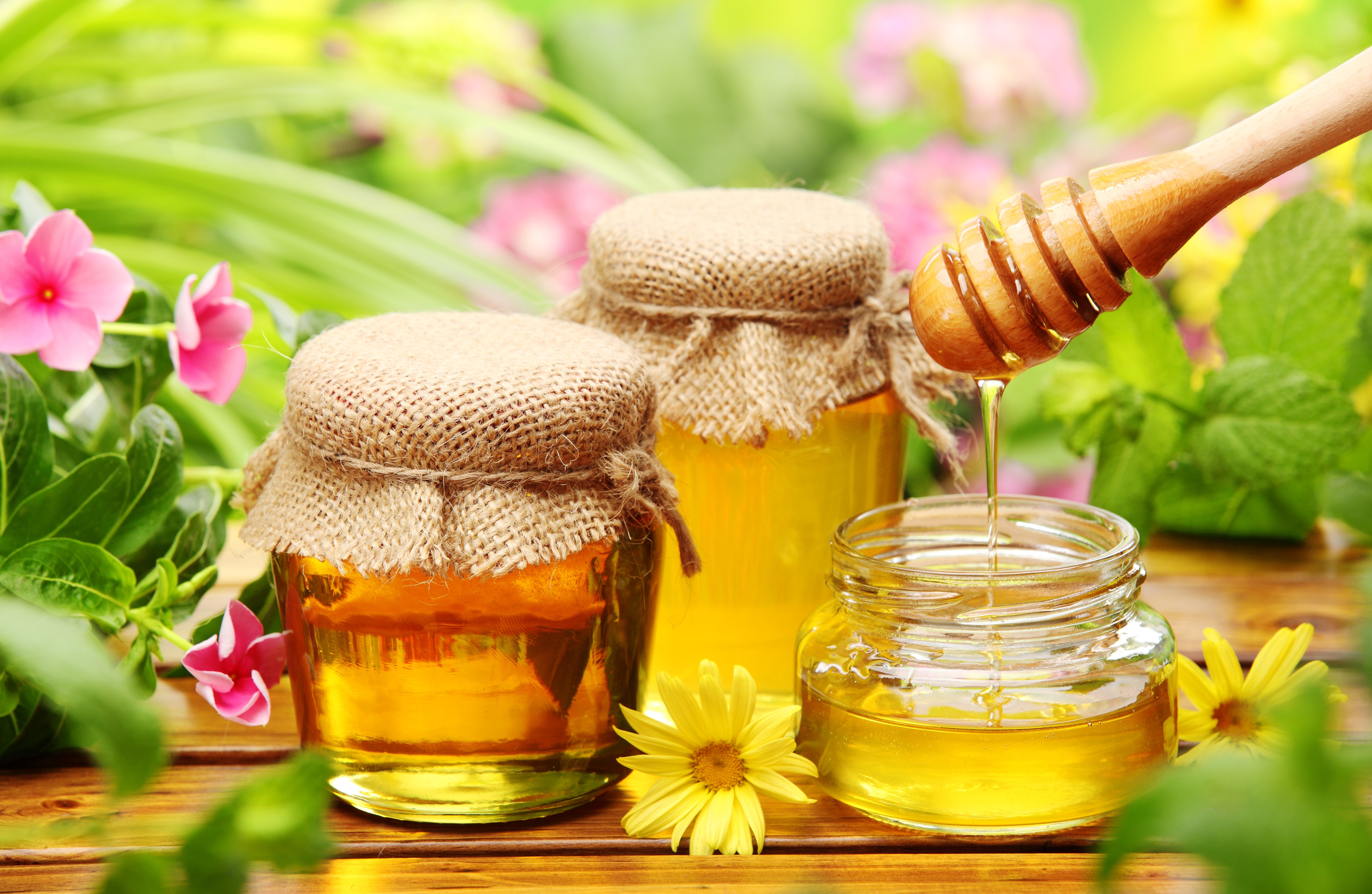Honey, that golden, gooey goodness, has been around for a very long time, and for good reason. It is, you see, much more than just something sweet to put in your tea. From old stories to modern ideas about wellness, this natural wonder holds a special spot in many homes. It is a truly simple ingredient, yet it offers quite a few surprising ways to help us feel better and live a bit more comfortably.
This sweet creation, made by busy bees, comes from the sweet liquid found in flowers. It has, in some respects, a long history of being used for all sorts of things beyond just making food taste good. People have found it useful for different little health issues, and it turns out, there is a good reason for that. It is really quite a versatile item to have around the house, as a matter of fact.
So, if you have ever wondered about the many uses of honey, or what it can actually do for you, you are in the right spot. We are going to talk about how this natural substance works, how it can help with common problems, and some helpful tips for keeping it just right. We will explore, too it's almost, what makes honey so special and why it has earned its place as a valued part of our daily lives.
Table of Contents
- What is Honey, Anyway?
- How Can Honey Help You Feel Better?
- Handling Honey: What to Know
- The Many Kinds of Honey
What is Honey, Anyway?
Honey, at its core, is a sweet, flowing substance that busy honeybees create from the sugary liquid they collect from blooming plants. It is, actually, a pretty amazing process. There are, apparently, about 320 different kinds of honey out there. Each kind can look a bit different, smell unique, and taste distinct, depending on which flowers the bees visited. It is really quite something, the variety you find.
How does a honey pack do its work?
When you think about what a honey application does, it helps to know a bit about its makeup. Honey, for example, is much heavier than water for the same amount. It also holds and lets go of warmth in a way that is pretty similar to water, even though it is much thicker. This means it can, in a way, keep its temperature fairly well. Also, honey that is out in the open air seems to pull in moisture, though it does not do this super strongly. These qualities mean it acts in interesting ways when you use it, making it useful for different things. It is, after all, a bit of a special liquid.
How Can Honey Help You Feel Better?
This sweet stuff is, generally speaking, considered safe for use as a natural way to sweeten things. It can also help quiet a cough, and you can put it right on little cuts or scrapes on your skin. It is, like your, a very common item to have in the kitchen, and it has some nice uses for everyday comfort. Just remember, it is important to use it wisely.
What is a honey pack do for a cough?
For grown-ups and children who are older than one year, honey might be worth trying to quiet a cough. Several studies, in fact, that looked at the common cold suggest that honey can help calm those irritating coughs. Children who are one year old and up can usually be given a small amount, like half to one teaspoon, to help with a cough. It is, basically, a pretty simple home remedy that many people find helpful. Just remember the age limit, as a matter of fact.
What is a honey pack do for skin?
When you put honey on minor skin issues, like small sores or scrapes, it acts as a sort of covering. These kinds of skin problems, you know, can sometimes spread to other body areas through touching or on clothes and towels. Using honey might help keep the area clean and protected. It is, in fact, a gentle way to care for little skin troubles. This natural item, sort of, offers a simple approach to looking after your skin. Think of it as a helpful layer.
Handling Honey: What to Know
When you get honey, you might notice that the part at the top tastes light and smells a bit sour, and it pours out easily. But then, the part at the bottom often tastes like honey but looks solid, almost like sugar crystals. This lower part, really, will not flow easily, even in warm temperatures, like 95 degrees. This is just how honey can be, and it is usually nothing to worry about. It is, typically, a natural process for honey to become solid over time.
If you are dealing with a lot of honey, like from a beehive, getting it ready can be a bit more involved than you might think. I can, honestly, tell you that even well-thought-out plans on paper for an area to process honey can feel very tight when you actually build the space. When spring arrives, for instance, you might find several frames full of honey in the top section of your beehive. Often, this honey is mixed with parts that are not yet capped by the bees. Then, the big question is what to do with all that honey. It is, after all, a good problem to have.
After you strain honey, it is a good idea to let it sit overnight. Any little bits that were too tiny to be caught by the strainer the day before will, usually, float to the top. This makes it easier to remove them and get a clearer product. People often ask what size screen is best for filtering honey, and how to avoid it looking cloudy. These are good questions, as a matter of fact. Also, figuring out a good setup for a bee processing area can be tough; I have looked far and wide for good ideas. It is, you know, a common challenge for those who work with bees.
Honey has a known weight relationship to water. Generally, to change honey from fluid ounces to weight ounces, you multiply by 1.5. So, a jar that holds a pint, when filled with honey, should be marked as 24 weight ounces. A gallon of honey, for example, weighs about 12 pounds, which is 192 weight ounces. A small canning jar that holds half a pint, which is 8 fluid ounces, would weigh about 12 weight ounces when full of honey. It is, in fact, a pretty standard conversion.
I found that some places, for instance, do not take large 5-gallon buckets of honey. This can be a bit of a challenge if you have a lot of it. Sometimes, when you combine honey from different frames, you might end up with about 10 frames of honey, plus some pollen and nectar. A common question is whether to save that mixture and give it to a beehive that is struggling during the winter. It is, after all, a way to help your bees get through the colder months. This kind of thoughtful care, basically, can make a real difference for a colony.
Keeping your honey pack safe and sound
When thinking about what a honey application does, it is very important to consider safety, especially for the very young. To lower the chance of a specific kind of sickness in babies, called infant botulism, you should avoid giving honey, even a very tiny taste, to children who are under one year old. This is a crucial safety step. There is also a very rare type of botulism that can happen from medical treatments, which doctors work to prevent. So, basically, keeping honey away from infants is a key rule for their health. It is, really, a simple way to keep little ones safe.
What is a honey pack do when it separates?
Sometimes, if you buy honey, especially when traveling, you might notice that it separates into layers. This can make people wonder if something was added to the honey to cause this. When you see honey separating, it is natural to feel concerned about its quality or if it is still pure. This kind of change, you know, often just happens naturally with honey over time, and it does not always mean something was put into it. It is, typically, just a part of how honey behaves. This separation, sort of, shows honey's natural character.
The Many Kinds of Honey
As we mentioned, there are hundreds of different kinds of honey, and each one has its own special qualities. This wide range means you can find honey that is light in color, or very dark, and each will have its own particular scent and flavor. The variety comes from the different flowers the bees gather nectar from. It is, truly, a fascinating aspect of this natural sweetener. So, next time you are looking for honey, you might consider trying a different kind to experience its unique character. You might, you know, find a new favorite.


